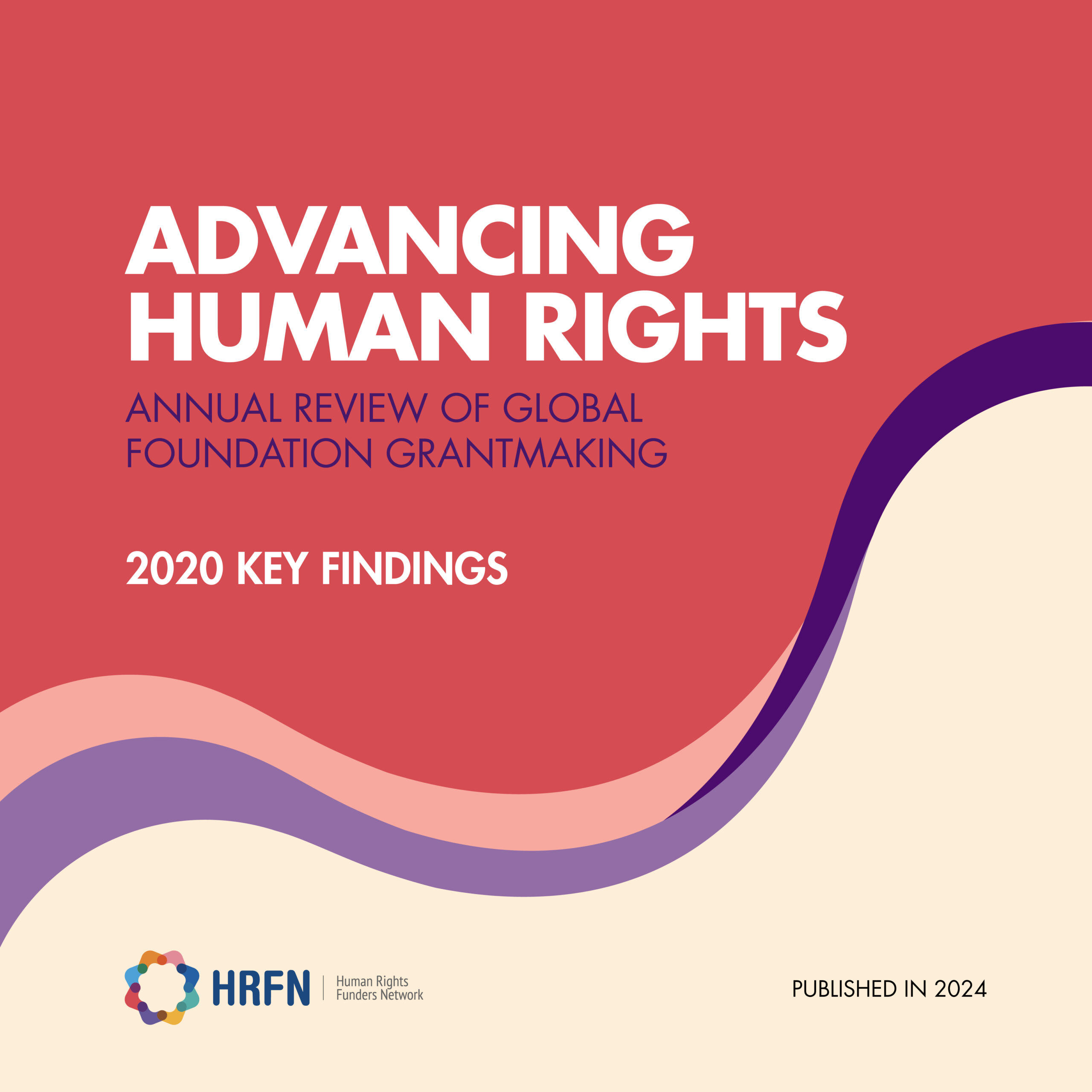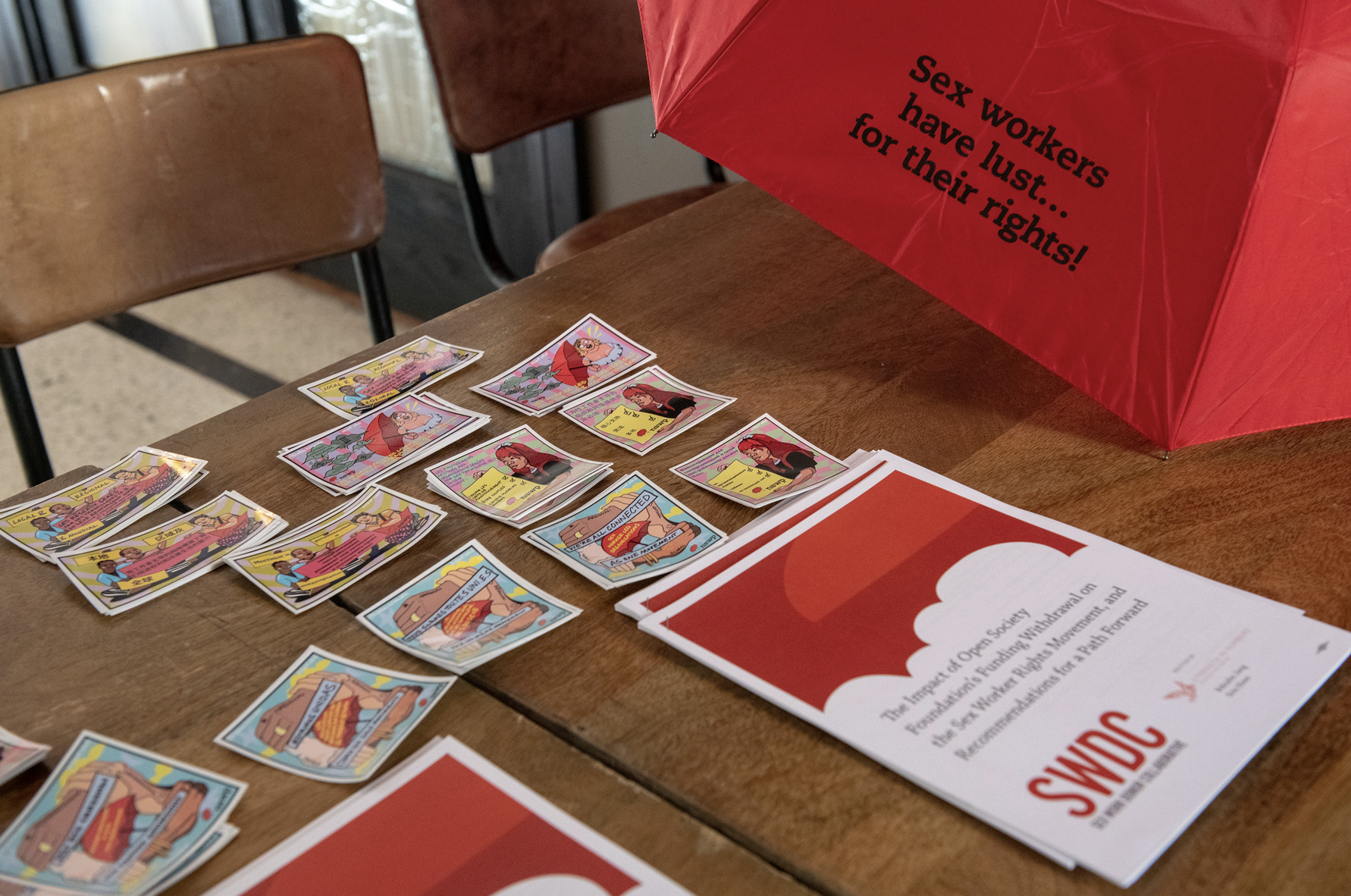From Dark Ages to Enlightenment: A Magical Tale of Mapping Human Rights Grantmaking
 By Mona Chun, Chief Operating and Sustainability Officer at mebl
By Mona Chun, Chief Operating and Sustainability Officer at mebl
Once upon a time, back in the old days of 2010, human rights funders were sitting alone in their castles, with no knowledge of what their peers in other towers and castles were doing – just the certainty that their issue area, above all others, was underfunded. Each castle also spoke its own language, making it difficult for castle communities to learn from one another. This lack of transparency and shared language about common work and goals meant everyone was working in the dark.
Then a gender-neutral knight, clad in human rights armor (ethically produced of course), arrived in the form of our Advancing Human Rights research. With this research in hand, funders can now:
- Peer out from their towers across the beautiful funding landscape;
- Use a telescope to look at what their peers are doing, from overall funding trends to grants-level detail;
- Use a common language to compare notes on funding priorities and approaches;
- Find peers with whom to collaborate and new grantee partners to support; and
- Refine and strengthen their funding strategies.
Armed with this knowledge, human rights funders can leave their towers and visit others, even government towers, to advocate and leverage additional resources in their area of interest.
Mapping Unchartered Territory
The Advancing Human Rights initiative, a partnership between Human Rights Funders Network (HRFN) and Foundation Center, has mapped more than $12 billion in human rights funding from foundations since 2010. Because of the great potential such data has to inform and improve our collective work, many years of work went into this. Ten years ago, HRFN recognized that in order to help human rights funders become more effective in their work, we needed to get a better understanding of where the money was going, what was being funded and how much was being spent. After our initial planning, we partnered with Foundation Center, brought in Ariadne and Prospera as funder network collaborators, formed a global Advisory Committee and hashed out the taxonomy to develop a shared language. Then, we began the process of wrangling funders to share their detailed grantmaking data.
It was no easy feat, but we published the first benchmark report on human rights grantmaking for 2010, and since then, we have worked to improve the research scope and process and trained funders to use the tools we’ve developed. In January, we released our first ever trends analysis. Over the five years of data collection featured on the Advancing Human Rights research hub, we’ve compiled almost 100,000 human rights grants from funders in 114 countries.
Adopting A Can-Do Attitude
In 2010, major funders in our network didn’t believe this could be done.
First, could we get the grantmaking data from members? For the first few years, we campaigned hard to get members to share their detailed grants information. We created a musical “Map It” parody (set to the tune of Devo’s “Whip It”) and launched a Rosie the Riveter campaign (“You Can Do It: Submit Your Data!”). We deployed pocket-size fold-outs and enormous posters thanking foundations for their participation. Several years later, we have seen our gimmicks bear fruit: 780 funders contributed data in our most recent year. When we began, no human rights data was being gathered from funders outside North America. In our first year, we incorporated data from 49 foundations outside North America and in the most recent year, that number more than doubled to 109. The value of participation is now clear. Repeated nudging is still necessary, but not gimmicks.
Once we had the research, could we get busy funders to use the data? With all the hard work being done in the field and so much to learn from it, we were committed to creating research that would be used. Focusing as much energy on sharing the research as we had compiling it, we aimed to minimize unused reports sitting on shelves. Global tours, presentations, workshops and tutorials have resulted in funders sharing story after story of how they are putting the findings to use:
- Funders sift through the data to inform their strategic plans and understand where they sit vis-à-vis their peers;
- Use the tools to break out of their silos and build collaborative initiatives;
- Use the research to advocate to their boards, their governments, their constituencies; and
- Enter into new areas of work or geographies knowing the existing landscape of organizations on the ground, search for donors doing complementary work, and discover the issues most and least funded.
Overall, their decisions can be informed by funding data that did not exist before, beyond the wishful daydreams of funders in their towers.
I wish I could say that we’ll live happily ever after with this data. But the pursuit of human rights is a long-term struggle. Those committed to social change know that progress is often accompanied by backlash. As we face the current challenging times together, sometimes we just need to recognize how far we’ve come and how much more we know, holding on to the magic of possibility (and the occasional fairy tale) to inspire us for the still long and winding, but newly illuminated, road ahead.
—
This piece was originally posted on the Glasspockets blog, Transparency Talk, on April 4, 2018.



